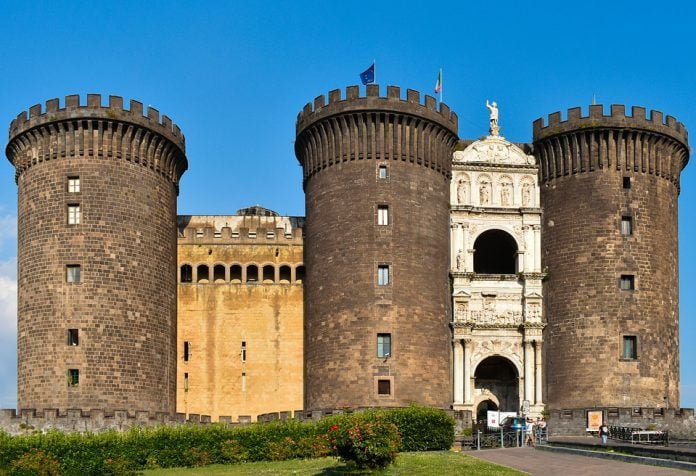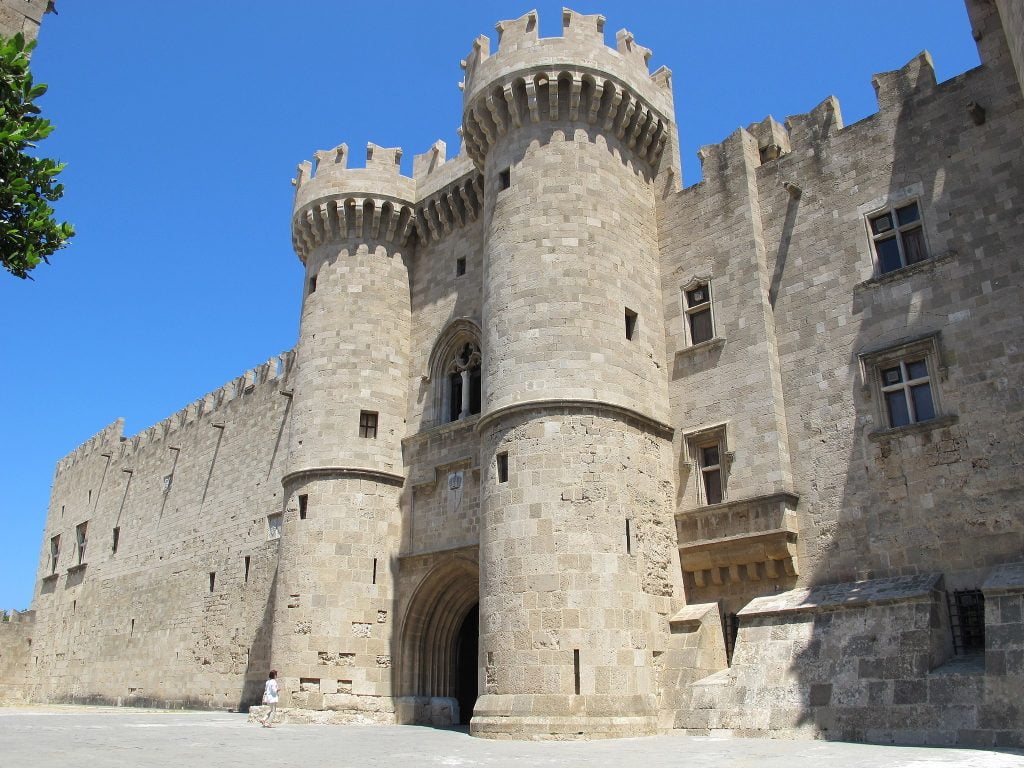A beautifully constructed Gothic fortress, Castel Nuovo is a symbol of Middle Age grandeur. Home to a spectacular art collection, vintage artillery units, and surrounded by beautiful grounds, this castle is a definite must-visit for all travelers. Here’s all you need to know about it:
Table of Contents
The resignation of Pope Celestine V was documented by the renowned poet Dante Alighieri as “The great refusal.”
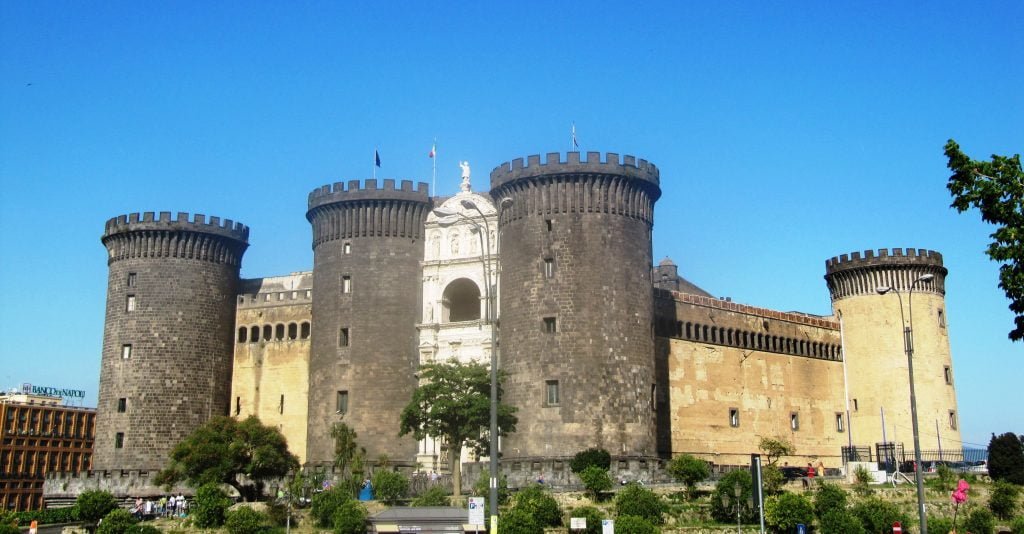
Frequently Asked Questions
Where is Castel Nuovo Located?
Castel Nuovo is situated in southern Italy, in the city of Naples. The castle stands tall in front of Piazza Municipio and the Municipio.
When was Castel Nuovo Built? Who Build It?
The foundations of Castel Nuovo were laid down in 1282 by architect Pierre de Chaulnes upon the initiative of Charles I of Anjou.
When is The Best Time to Visit the Castle?
The best time to visit the castle would be between March and May, as you would find mild weather and an optimally small tourist crowd.
What Other Monuments are Located Nearby?
Other monuments you can visit during your stay in Naples include the Naples National Archaeological Museum, Castel Dell’Ovo, Mount Vesuvius, and the Royal Palace of Naples.
FOR HISTORY | BEAUTIFUL IMAGES | INTERESTING FACTS | TRAVEL TIPS
Early History
Construction and Early Years (13th-15th centuries)
The magnificent Castel Nuovo came into being by the initiative of Charles I of Anjou, who became the ruler of Sicily in 1266 after defeating the Staufer Dynasty. The castle remained uninhabited until 1285 when Charles I passed away.
King Charles II of Naples succeeded Charles I and moved into the palace with his family. He expanded and decorated the place. On the 13th of December, 1294, Pope Celestine V resigned from the papacy in the main hall of Castel Nuovo and was replaced by Pope Boniface VIII at the same venue.
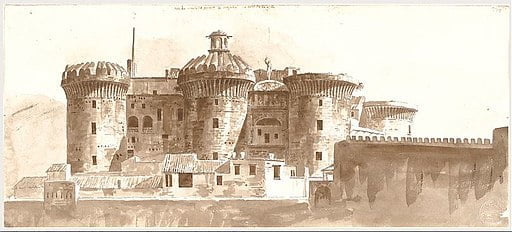
In 1309, King Charles II was succeeded by Robert, King of Naples. Being an art and literature connoisseur, Robert renovated and scaled up the castle to turn it into a centre for cultural arts. Noteworthy artists of the time–including Pietro Cavallini, Montano d’Arezzo, as well as Giotto–were hired to paint the walls of the palace in 1332.
Between 1343 and 1347, the castle was inhabited by Joanna I of Naples, who departed for France and left the castle to be plundered and looted by the army of King Louis I of Hungary. Upon her return, Joanna had to reconstruct the castle. The castle withstood several other attacks including a second assault by Louis I. During these conflict-ridden times, the ownership of the castle switched from Charles III to his son Ladislaus to Louis II and then back to Ladislaus of Naples, who lived there from 1399 until his death in 1414. Ladislaus was succeeded by his sister, Joanna II. She is rumored to have set up a trapdoor in the castle to expel her various lovers into the sea to be devoured by a crocodile, in order to protect her name.
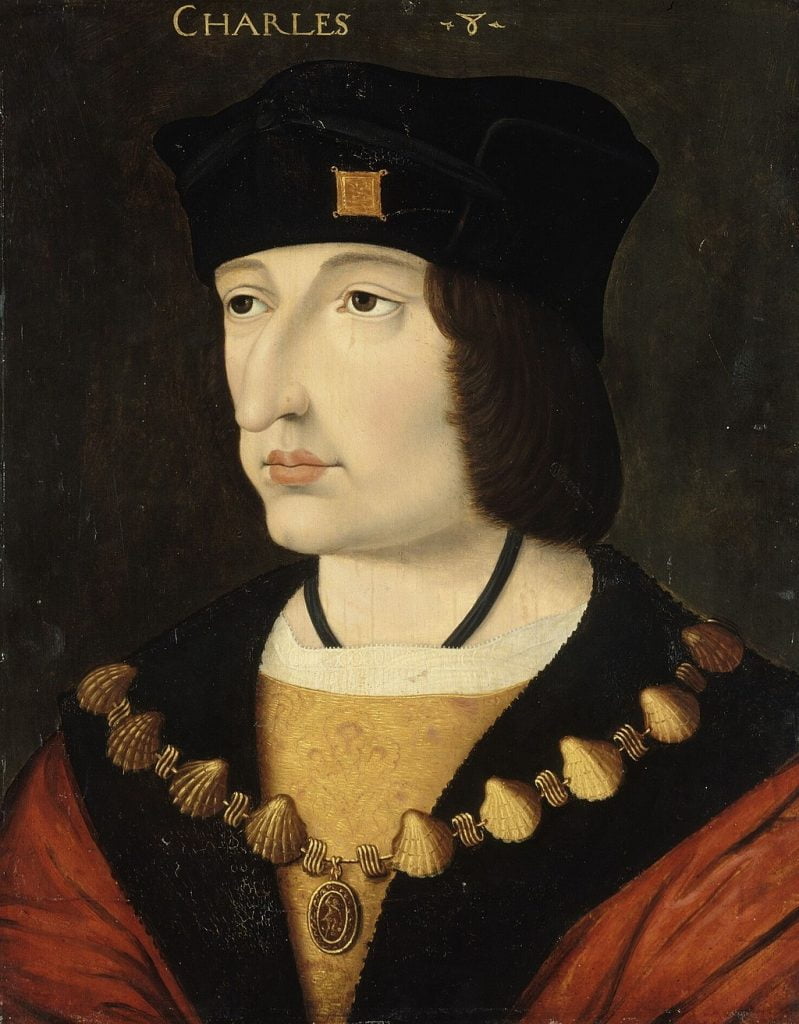
15th to 18th Centuries
In the mid-15th century, the castle was taken over by Alfonso V of Aragon. He made the castle a center of royal power and completely reconstructed the court into what we see today. The court was given strong defensive characteristics and the castle was given a Catalan-Majorcan-Gothic style. The gate was rebuilt into a triumphal arch shape. The process took place between 1453 and 1479.
In 1486, a group of nobles, including Antonello Sanseverino and Francesco Coppola, was accused of a conspiracy against the king. He trapped them by inviting them to a wedding party in the castle, where he then promptly arrested them.
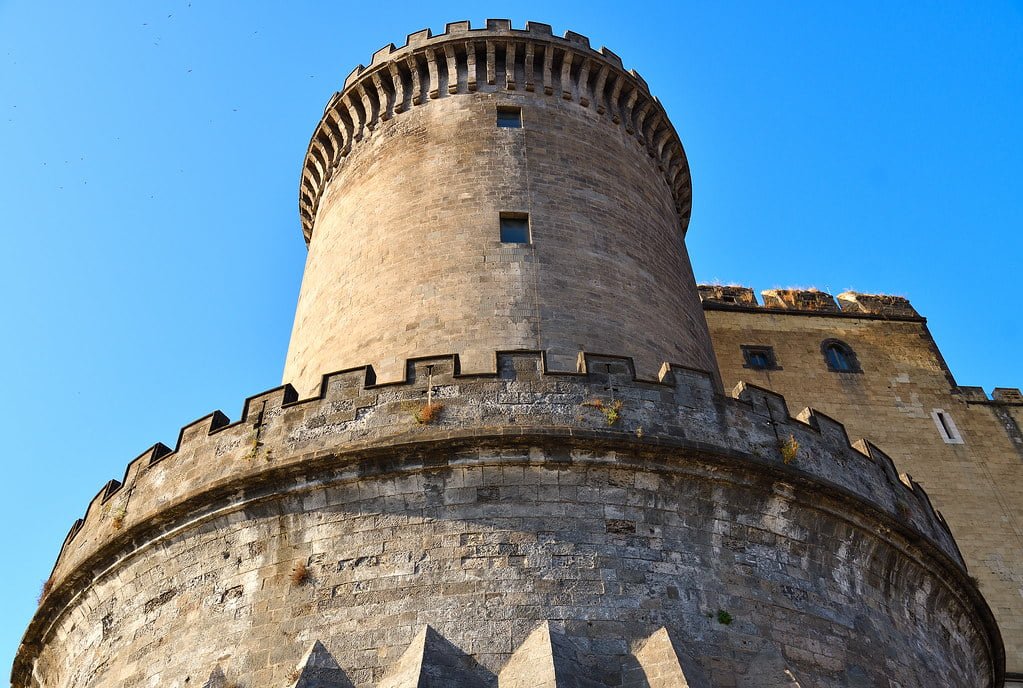
At the end of the 15th century, the castle was attacked by Charles VIII of France. In the early 15th century, Ferdinand II of Aragon made the Kingdom of Naples a part of the Kingdom of Spain, and the castle lost its position as the royal residence. It then became a military garrison due to its strategically useful location and defensive attributes. It did, however, continue to host prominent royal figures and also housed the Viceroy of Spain until the early 17th century.
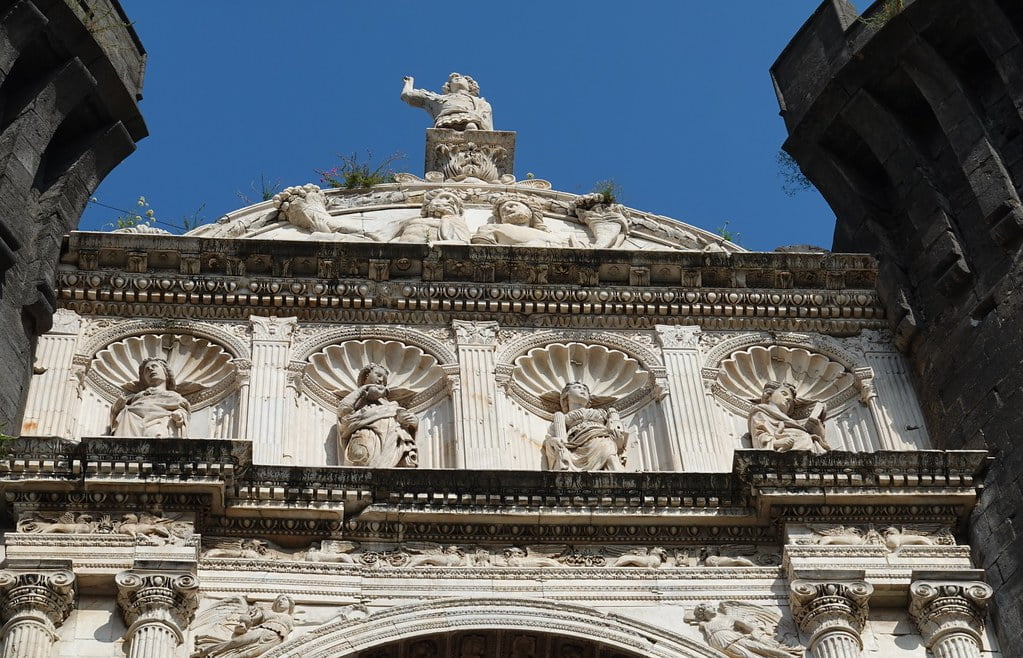
Revisit More Historic Places Below or Read Further
Current Times
19th Century Onwards
The castle was renovated for a final time in the year 1823 by Ferdinand I of the Two Sicilies. Later, it became the location for the artillery arsenal, pyrotechnic office, and a prominent center for the armory.
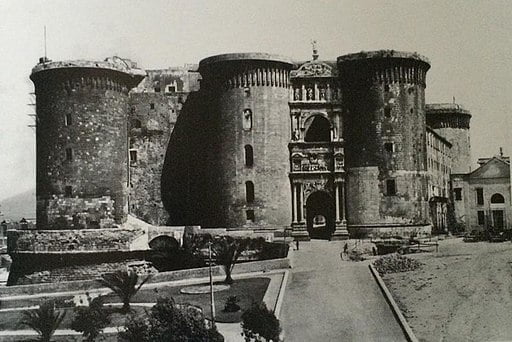
In the 1920s, various beautiful flower gardens were established beside the Maschio Angioino. In 1923, the ownership of the castle was attained by the Italian State. The state demolished several buildings in the territory and expanded the castle. An esplanade was created in place of the vast expanse of gardens. Apart from the door of the citadel, the whole castle was renovated. Currently, the castle is open to the public for recreational visits and guided tours.
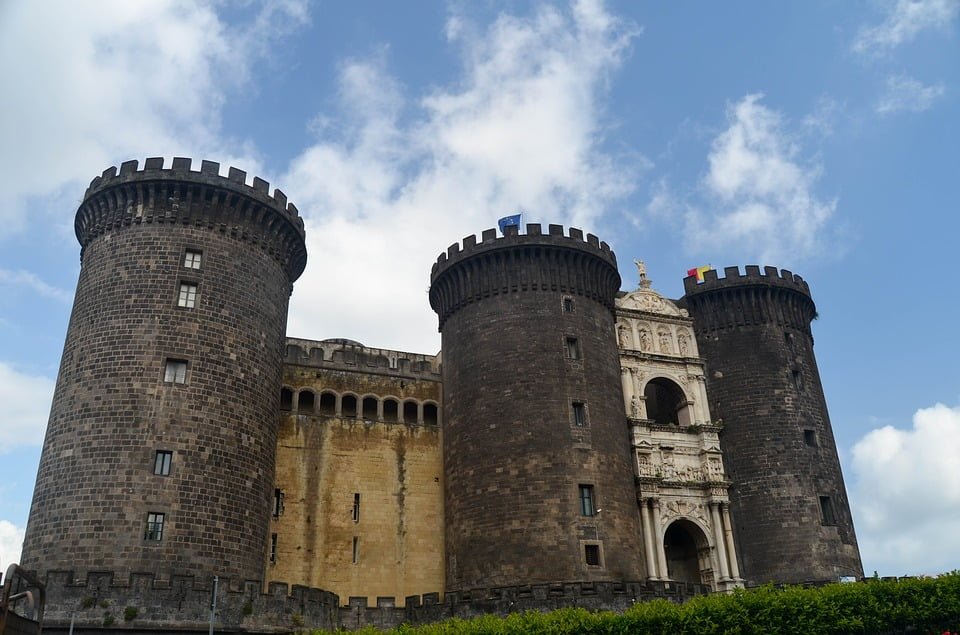
Interesting Castel Nuovo Facts
- The house of an officer who served Alfonso, who went by the name of Nicola Bozzuto, had to be demolished in order to construct the triumphal arch.
- The resignation of Pope Celestine V was documented by the renowned poet Dante Alighieri as “The great refusal.”
- The designer of the Triumphal Arch has been said to be Pietro di Martina, Giuliano da Maiano, or Francesco Laurana.
Visiting Castel Nuovo – Tips and Tricks
Castel Nuovo is majestic in its might and is one of the most fascinating destinations to visit in Italy. Here’s everything you need to know for planning your visit to this amazing structure:
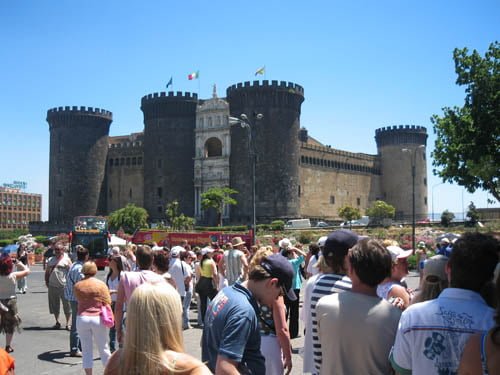
How to get to Castel Nuovo?
You can get to Castel Nuovo from Rome by 3 means: via train, bus or car. The most recommended way to make this journey is via train. You would board at Roma Termini and get off at Sicignano D.Alburni. From Sicignano D.Alburni, the castle is a 38-minute drive by taxi. The whole journey can take around 4 hours and 10 minutes and cost you between €62-€132 ($70-$150 USD).
The cheapest yet longest way to get there is by bus. It would cost between €18 and €53 ($20-$60 USD) and take you around 7 hours and 40 minutes.
The third means of reaching the castle is via car. The approximate fuel cost for this journey would be around €44-€62 ($50-$70 USD).
Ticket Prices, Visiting Hours & Travel Tips
Ticket pricing for adults is €6 ($6.80 USD). If you opt for a guided tour, you will be charged an extra €10 ($11.5 USD). Visiting hours every day from Monday to Saturday are 8:30 am to 6:00 pm. On Sundays, the castle can be visited between 10:00 am and 1:00 pm.
It would be useful to make a reservation in advance, especially during tourist season, in order to avoid waiting in line. Do book yourself a guided tour- you’ll find it immersive and worth every penny!
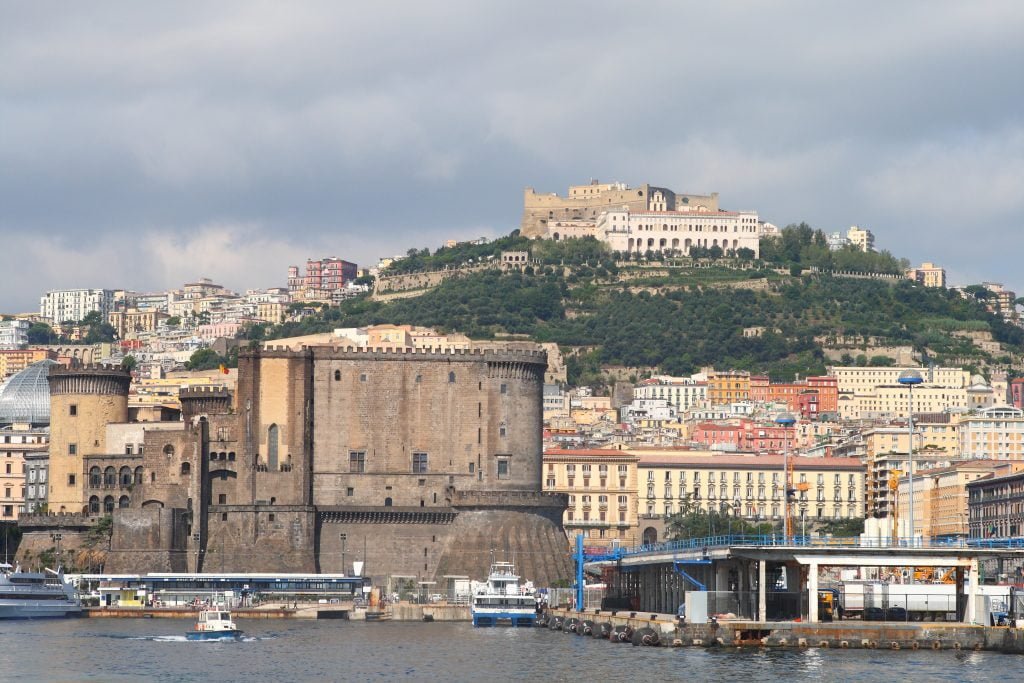
How Long Will It Take to Tour Around?
It would take you about 1 to 2 hours to tour the castle and its vicinity.
Up to Date Information
For up to date ticket prices and visiting hours visit the official website: https://www.comune.napoli.it/flex/cm/pages/ServeBLOB.php/L/EN/IDPagina/1372
Some words of advice and tips:
- Make sure you carry cash in hand as tickets can only be purchased with cash.
- Be sure to take a camera along in order to capture the wonderful views of the Bay of Naples.
- Certain areas are limited to be accessed via guided tours only, so do book yourself one in order to not miss out on the full experience!
- Take something along with you to eat and enjoy a picnic with a spectacular view around!

